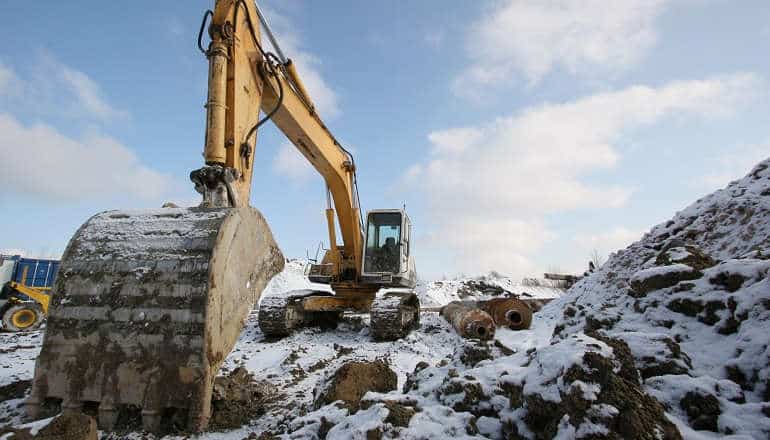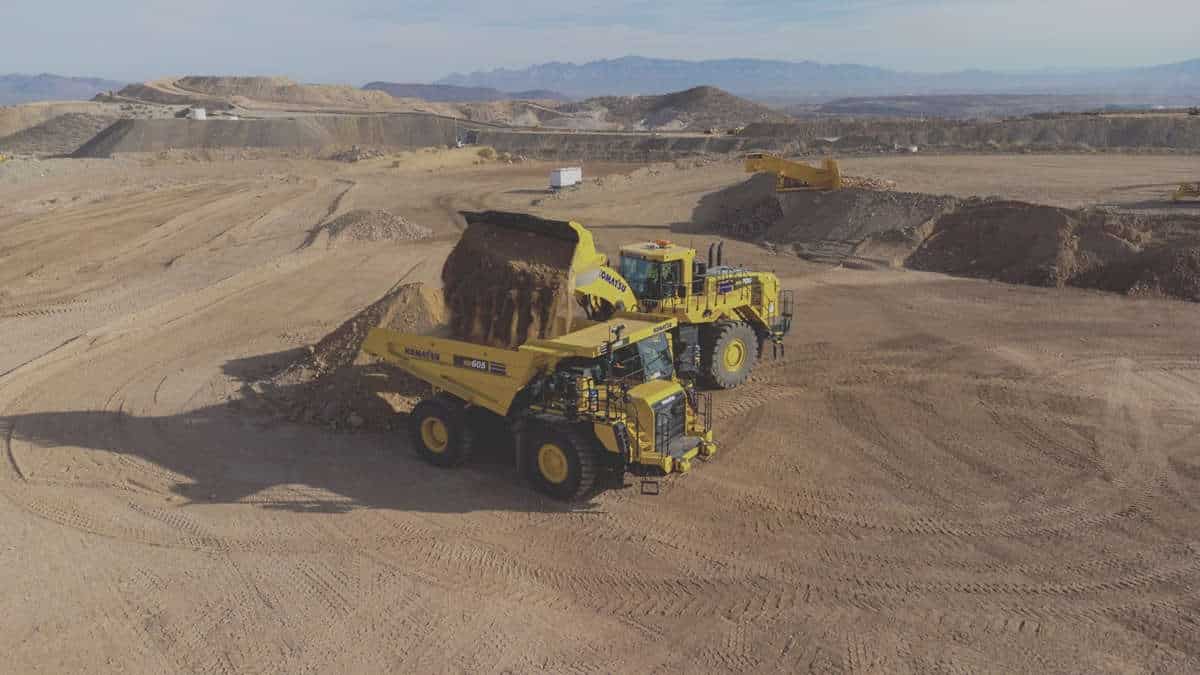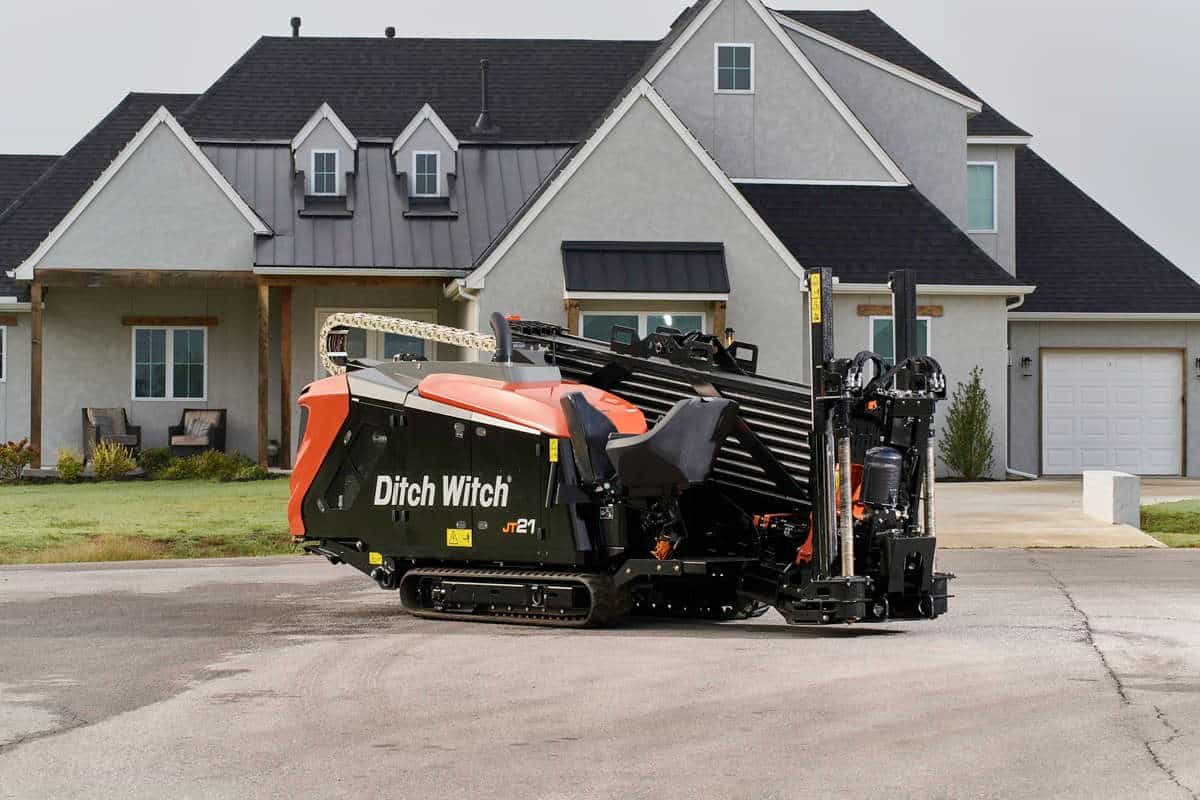Frigid Temperatures? Discover 5 Winter Excavation and Digging Best Practices

By Emily Newton
The winter requires using seasonal strategies to get the best results on excavation, trenching or digging projects. Applying winter excavation tips as a utility worker or manager helps keep costs down and gets projects done on schedule or ahead of time.
1. Dress for the Weather
When temperatures drop and the wind has a severe chill, outdoor workers are at a much higher risk of experiencing frostbite, chilblains and other cold-weather complications. However, site managers can reduce that possibility by recommending what to wear.
Moisture-wicking fabrics are ideal, especially since digging work is intensive and can cause people to sweat even in frigid temperatures. When that happens, cold winds make the perspiration evaporate, causing people to feel chilled.
Layering is another best practice because it provides ample insulation while allowing people to remove or add pieces if weather conditions change during their shifts. However, as individuals choose what to wear, they must check that the items fit loosely enough not to restrict their range of motion. Besides resulting in lower productivity, tight clothing could introduce safety risks if someone cannot move fast enough to escape a dangerous situation.
Accessories such as hats, gloves and earmuffs are important for reducing workers’ bare skin exposure to the elements. However, as people select gloves, they must prioritize types that maximize dexterity as they work with manual tools or operate machine controls.
Sharing apparel-related winter excavation tips with colleagues helps create a safety culture throughout the company and at every worksite. Additionally, keeping accessories such as chemical hand-warmers available for anyone to use promotes safety at reasonable costs.
2. Ensure Your Equipment Can Tackle Frozen Ground
As the winter approaches, it’s a great time to consider if your current machinery can handle conditions if the ground freezes. Fortunately, a short freezing period won’t necessarily require dealing with frozen ground. Ambient temperatures must stay cold for several days, or the ground will have a layer of ice before freezing.
If those things happen, power is the most important aspect needed for breaking through the ground. That means compact equipment is not the best choice. However, before changing the equipment, start by swapping the digging attachment. One with sharper, stronger teeth may get the desired results without requiring a more powerful machine.
However, if you still need a different machine, leasing is an accessible option. It allows people to spread the costs for better affordability. Alternatively, see if equipment providers in your area allow short-term rentals with the ability to extend the term as needed. Such arrangements help if freezing conditions are generally rare, but they’ll likely occur during your project.
Another way forward is to rent a hydro-vac truck to spray warm water on the digging site. Doing that thaws the ground so less powerful machines can break through it. A possible complication is the deposited liquid could contaminate nearby water sources due to soil erosion. However, hydro-vac trucks use a closed-loop system that minimizes this risk compared to other methods.
3. Work in Well-Lit Conditions
Winter’s shorter daylight hours can pose scheduling complications. Site managers should strongly consider hiring more people to work per shift to maximize the output while it’s light.
Alternatively, excavation teams can work around the clock if the worksite has generators. These machines are vital for comfort and safety during power outages. They also help contractors maximize productivity during shorter days.
One common strategy for construction sites is to use generators to power light towers. Trailer-mounted towers are easy to move and set up, making them popular choices. They also work well if crews must dig at multiple places around the site.
Managers should check progress frequently to gauge whether the anticipated amount of work will likely be finished before it gets too dark. Doing that gives them excellent opportunities to see how workers are handling the cold and check for signs they might need breaks.
As crews become more experienced with the season, they’ll get more winter excavation tips to apply. However, they should never try to cut corners by working in low-light conditions. The slippery conditions common to this time of year increase the risk of falling into recently dug holes. Keeping the environment brightly lit facilitates better environmental awareness, helping people notice and avoid hazards or warn others about them.
4. Protect Buried Lines From Bursting
When workers install water and sewer lines, they must put them at a depth that will protect these pressure-sensitive assets from freezing and bursting. Groundwater’s volume increases by approximately 9% when it freezes. So, utilities workers must bury sewer and water infrastructures below the frost line. That’s the deepest level where the soil’s groundwater will likely freeze when temperatures drop.
However, the frost line varies depending on the soil’s characteristics, nearby heat sources and an area’s typical climate. The frost line also changes depending on the duration of the cold temperatures. The longer a frigid period persists, the deeper the frost depth will get.
As site managers become aware of how local conditions could make pipes more or less likely to burst, they can apply these winter excavation tips to decisions about pipe lengths and diameters. Evidence suggests pipes shorter than 750 feet are more likely to have problems than longer ones. The same is true for those with inside diameters of 4 to 24 inches. Planning projects to include options outside those ranges could promote safety by minimizing the risk of bursting.
5. Maintain the Machinery
The winter requires season-specific maintenance to keep digging equipment performing well. A good first step is to check the battery. These power sources may be only half as strong in cold weather. So, if the battery is already weak when you try to use a machine in the winter, your equipment may not start, or you could notice other negative performance changes, such that the engine runs sluggishly.
Switching to oils designed for lower temperatures is another best practice advised by those familiar with winter excavation tips. Look for cold-weather hydraulic and engine oils, especially when planning to operate excavators and other heavy equipment in temperatures below zero.
Some people also purchase cold-weather accessories, such as block heaters for the engine or specialized products that warm the machine’s coolant. You probably won’t need those if the weather rarely drops below freezing in your area. However, if frigid weather is the norm for months of the year, these options could help maintain non-disrupted workflows.
Start Benefiting From These Winter Excavation Tips
These examples show how the winter requires additional safety precautions and steps to keep equipment well-maintained. Practicing them at every worksite is an excellent way to keep output productive and trouble-free.
Emily Newton is a construction and industrial journalist. She is also the Editor-in-Chief for Revolutionized Magazine. Keep up with Emily by following her by subscribing to Revolutionized’s Newsletter.




